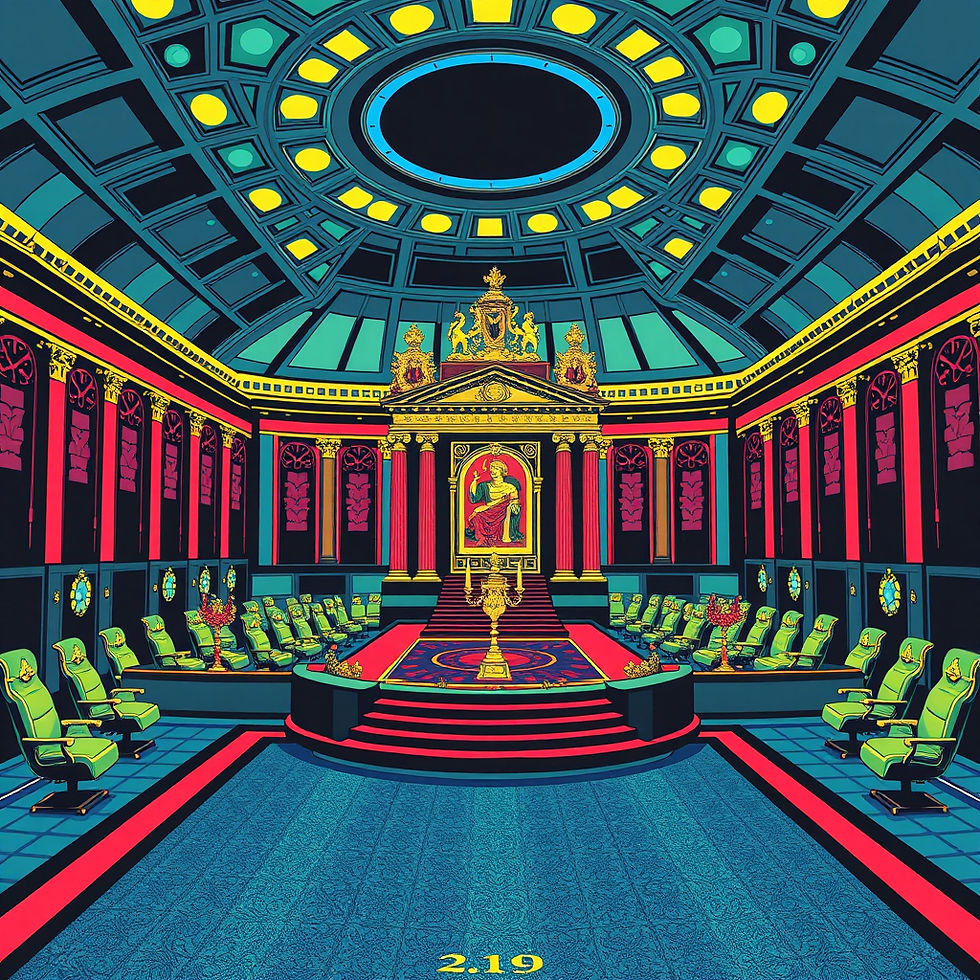Algorythm / Tinder Match? It’s a One-Hot Encoding 🔥
- Kat Usop

- Sep 8, 2024
- 2 min read
In the world of Artificial Intelligence (AI) and Machine Learning (ML), data is king. But not all data is created equal.
Some data is numerical, like age or salary, while other data is categorical, like colors or types of animals. One-hot encoding is a technique used to convert categorical data into a numerical format that AI models can understand. Let's break it down in simple terms.
WHAT IS ONE-HOT ENCODING
Imagine you have a list of fruits: Apple, Banana, and Cherry. These are categorical data because they represent categories rather than numbers. AI models can't process these categories directly, so we need to convert them into a numerical format. This is where one-hot encoding comes in.
One-hot encoding transforms each category into a binary vector.
A binary vector is a list of numbers that are either 0 or 1. Each category gets its own vector, and only one element in the vector is 1 (hence the name "one-hot"), while the rest are 0.
For example:
- Apple: [1, 0, 0]
- Banana: [0, 1, 0]
- Cherry: [0, 0, 1]
WHY USE ONE-HOT ENCODING
One-hot encoding is useful because it allows AI models to process categorical data without assuming any inherent order or relationship between the categories. This is important because, in many cases, categories are just labels and don't have a numerical relationship.
Exactly how dating works right? who are we to judge thy soul!
USE CASES OF ONE-HOT ENCODING 🔥
TEXT CLASSIFICATION
When building a model to classify text into categories (e.g., spam or not spam), one-hot encoding can be used to represent different words or phrases.
RECOMMENDATION SYSTEMS
In recommendation systems (like those used by Netflix or Amazon), one-hot encoding can represent different items (movies, products) to help the model understand user preferences.
IMAGE RECOGNITION
For image recognition tasks, one-hot encoding can represent different classes of objects (e.g., cats, dogs, cars) to help the model identify what it sees in an image.
MEDICAL DIAGNOSIS
In healthcare, one-hot encoding can be used to represent different symptoms or diagnoses, helping models to predict diseases based on patient data.
One-hot encoding is a simple yet powerful technique to convert categorical data into a numerical format that AI models can understand. By transforming categories into binary vectors, one-hot encoding ensures that AI models can process and learn from categorical data effectively. Whether it's text classification, recommendation systems, image recognition, or medical diagnosis, one-hot encoding plays a crucial role in making AI smarter and more efficient.
TO BE CONTINUED…



Comments